Golf can be a complex sport with its fair share of rules and regulations. One term that comes up fairly often is the provisional shot. For both seasoned players and beginners alike, understanding what a provisional shot means, when to use it, and the best practices surrounding it can enhance your game significantly. Let’s dive into the nuts and bolts of provisional shots so you can navigate your next round with confidence!
What is a Provisional Shot?
In golf, a provisional shot is an additional stroke played when a player believes their ball might be lost or out of bounds. This allows players to continue their game efficiently without returning to the initial spot to hit another shot if the original ball can’t be found. By declaring a provisional shot, golfers save time and adhere to the pace of play essential to the game.
When to Declare a Provisional Shot
It’s essential to know when to declare this crucial type of shot. Here are some common scenarios where you might consider hitting a provisional shot:
- Driving into the Woods: If you hit a drive into a dense area with low visibility, you might suspect your ball is lost.
- Tight Lateral Hazards: If you’re unsure whether your shot crossed a lateral hazard, playing a provisional can save you time.
- Out of Bounds: When you suspect your ball went out of bounds, declaring a provisional is a safe bet to keep the game flowing.
Rules Governing Provisional Shots
Knowing the official rules regarding provisional shots can make a significant difference during a game. Here are the key rules to keep in mind:
1. Declare Your Intent
Before hitting a provisional shot, it’s crucial to declare your intent clearly, saying something like, “I’m playing a provisional ball.” This declaration is important because it ensures that all players in your group are aware of your intention.
2. Following the Original Shot
If your original ball is found in the correct position, you must return to play it and abandon the provisional. However, if the original ball is lost or out of bounds, you can continue playing the provisional shot.
3. Scoring
When you hit a provisional shot, make sure to keep track of your strokes. If you end up playing the provisional due to the original ball being lost or out of bounds, the provisional shot counts as the next stroke in your score.
4. Distance and Placement
The provisional shot must be from the same spot as the original shot. If you’re playing a provisional, it must also adhere to the same rules and conditions as the first shot.
 Golfer hitting a provisional shot
Golfer hitting a provisional shot
Benefits of Using a Provisional Shot
Using a provisional shot has several advantages:
- Time Efficiency: You won’t waste time searching for a ball that might be lost.
- Maintaining Pace of Play: You keep the game moving along, which is courteous to other players.
- Reduced Stress: Knowing you have taken a backup shot can alleviate pressure when you mis-hit.
Best Practices for Provisional Shots
Although declaring a provisional shot is straightforward, following a few best practices can enhance your effectiveness:
1. Be Clear and Specific
Always clearly announce when you’re about to hit a provisional shot. Clarity helps avoid confusion during gameplay and ensures everyone is aware of your decision.
2. Communicate with Your Group
Communication is essential in a group setting. Ensure your playing partners are aware of your provisional shot to avoid misunderstandings that could lead to disputes.
3. Practice Your Provisional Shots
Incorporate provisional shots into your practice routine. Understanding how to play these shots effectively can prepare you for real-game scenarios.
 Golf course with woods and hazards
Golf course with woods and hazards
4. Know the Course
Familiarizing yourself with the layout of the golf course can help you make informed decisions about when to use a provisional shot.
Key Differences Between Provisional and Second Shots
It’s important to differentiate between a provisional shot and a second shot. Here’s a quick comparison:
| Aspect | Provisional Shot | Second Shot |
|---|---|---|
| Purpose | Backup for potential lost ball | Continuation from the original stroke |
| Rule-based | Declared before striking | Automatically follows the original |
| Scoring | Counts only if original is lost | Always counts as part of the hole |
| Location | Same spot as original shot | Relocated to where the original ball ended |
Common Misconceptions About Provisional Shots
Here are a few myths and misconceptions surrounding provisional shots:
- Myth: You can only hit a provisional shot if you’re sure your ball is lost.
- Reality: You can declare a provisional if you suspect your ball may be lost or out of bounds, even if you aren’t entirely certain.
- Myth: If I find my original ball after hitting a provisional shot, I can still play both balls.
- Reality: If your original ball is found in bounds, you must continue with that ball.
Key Takeaways
- A provisional shot is a backup stroke used when a player suspects their ball may be lost or out of bounds.
- Always declare your intent to hit a provisional shot clearly to avoid confusion.
- Playing a provisional can save time and maintain the pace of play.
- It’s crucial to keep track of your strokes and understand relevant rules when using this type of shot.
 Group of golfers on a course
Group of golfers on a course
FAQ Section
1. What happens if I don’t declare a provisional shot?
If you don’t declare it, the stroke might not count as a provisional, and you could face penalties if your original ball is lost.
2. Can I declare multiple provisional shots?
You can, but it’s crucial to declare each one consecutively. Note that this can affect scoring.
3. Is there a limit to how many provisional shots I can take?
There isn’t a specific limit as long as each shot is played according to the rules and properly declared.
4. What if my provisional ball goes out of bounds?
If your provisional ball goes out of bounds, you must return to where you played the second shot and hit again.
5. Can I play a provisional shot from a different location than the original?
No, a provisional shot must be played from the same location as the original ball.
6. Does the provisional shot count toward my score?
Yes, if you play the provisional because your original ball is lost, the provisional counts as the next stroke.
7. How far can I search for my original ball?
You have a maximum of three minutes to search for your original ball.
8. Are provisional shots allowed in all formats of golf?
Yes, provisional shots are permitted in all formats, including casual play and tournaments.
9. Can I use a different ball for my provisional?
Yes, you can use a different ball if you prefer, but ensure you still follow the same rules.
10. What if I realize my ball is not lost after playing the provisional?
You must always return to play the original ball if it’s found; the provisional would not count in that case.
Armed with this knowledge, you are now equipped to tackle the intricacies of provisional shots in golf. Always remember that the objective of golf is not just about winning but also about enjoying every moment on the course! Happy golfing!

 Golfer taking an approach shot
Golfer taking an approach shot
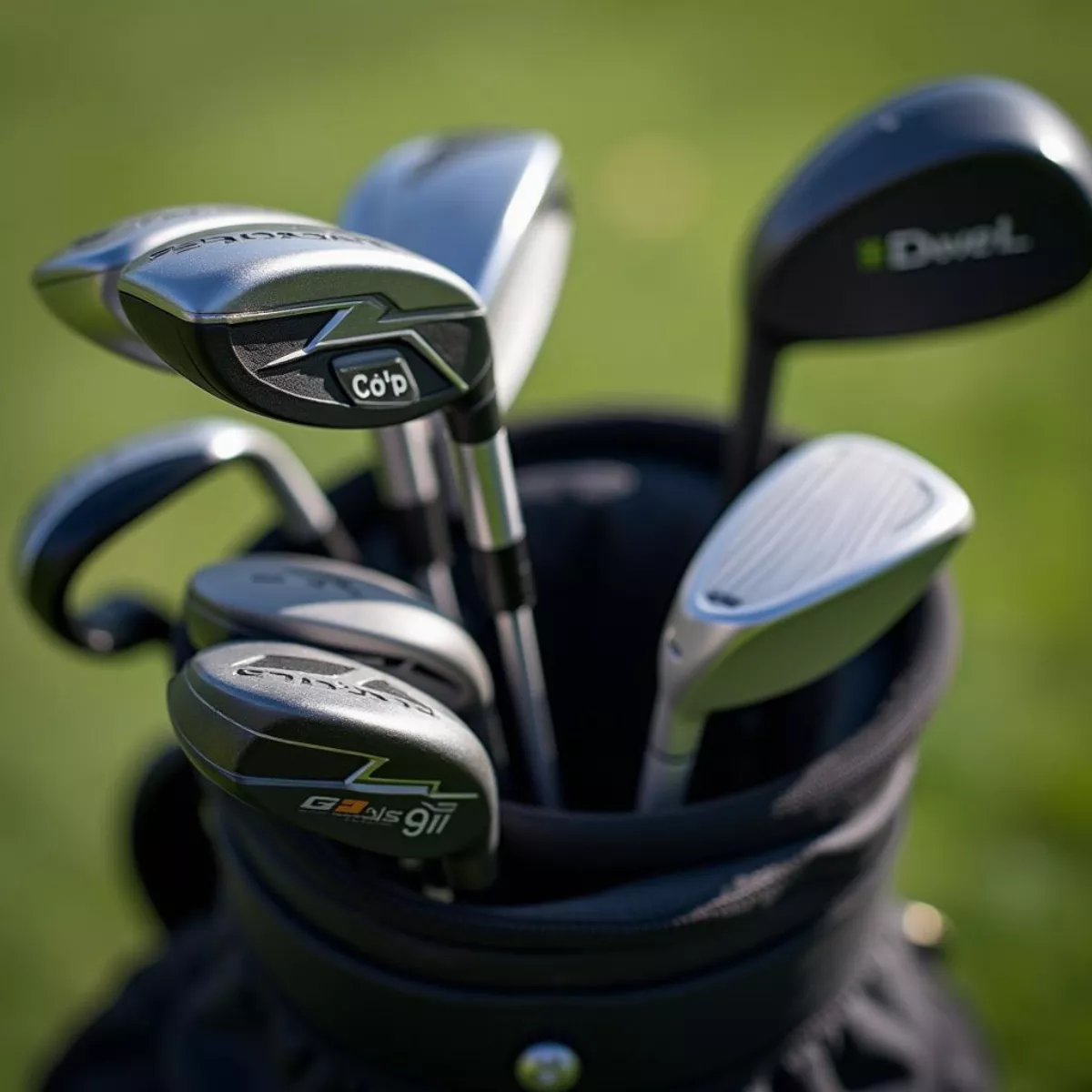 Golf clubs in bag
Golf clubs in bag Golfer on green fringe
Golfer on green fringe Beginner golfer teeing off
Beginner golfer teeing off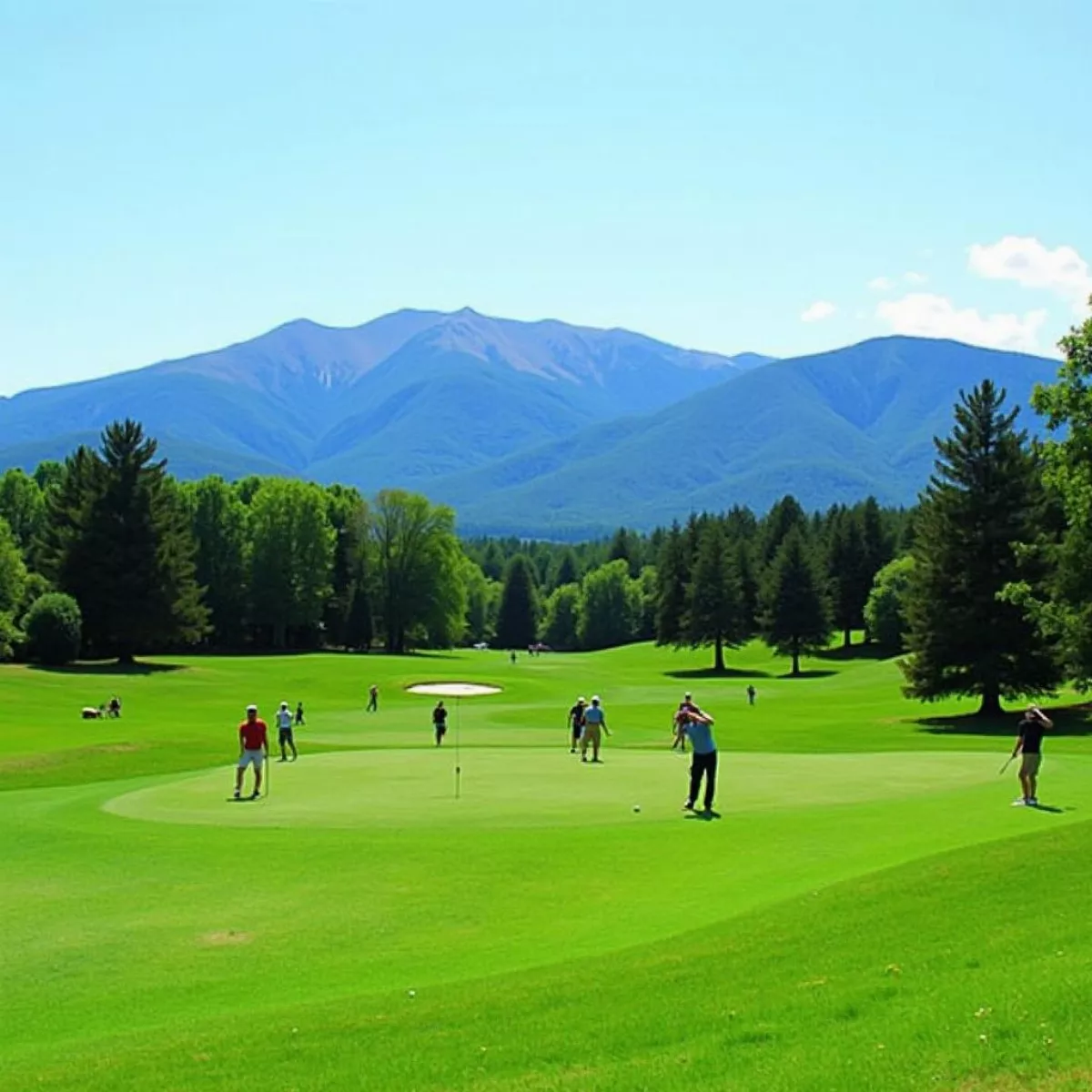
 White Mountain Country Club Fine Dining
White Mountain Country Club Fine Dining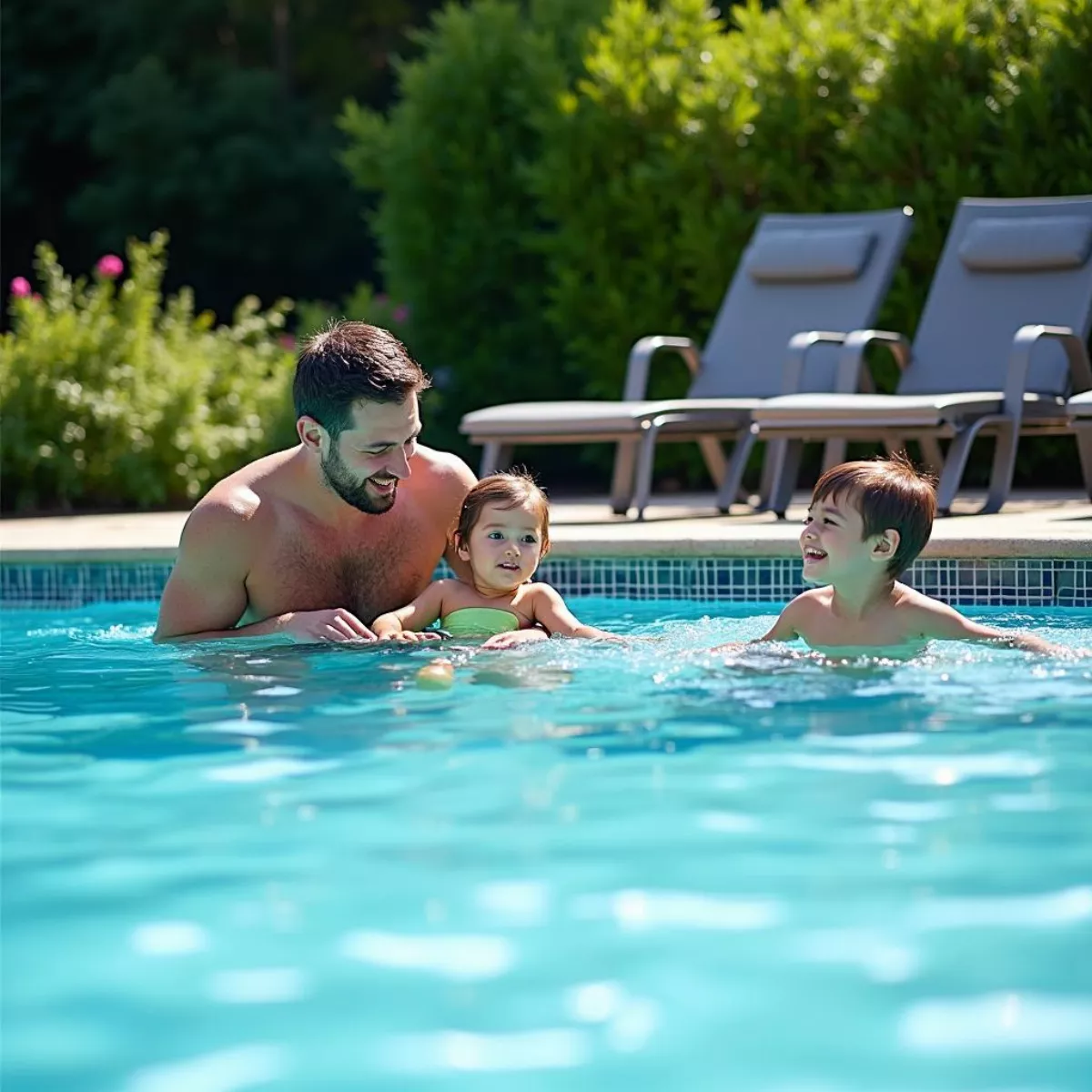 White Mountain Country Club swimming pool
White Mountain Country Club swimming pool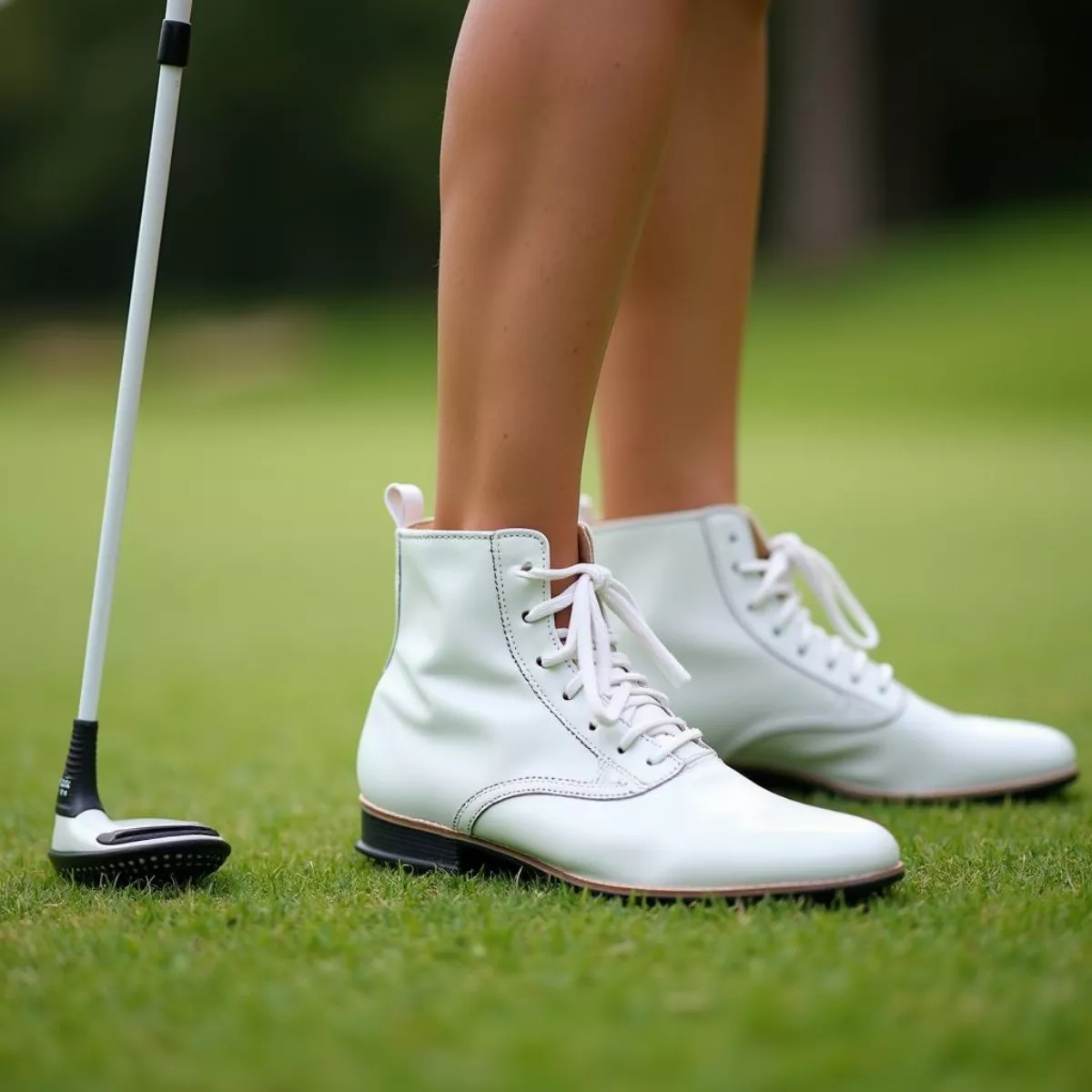
 Women's high-top golf shoes with excellent traction and waterproof features
Women's high-top golf shoes with excellent traction and waterproof features Cleaning women's high-top golf shoes after a game
Cleaning women's high-top golf shoes after a game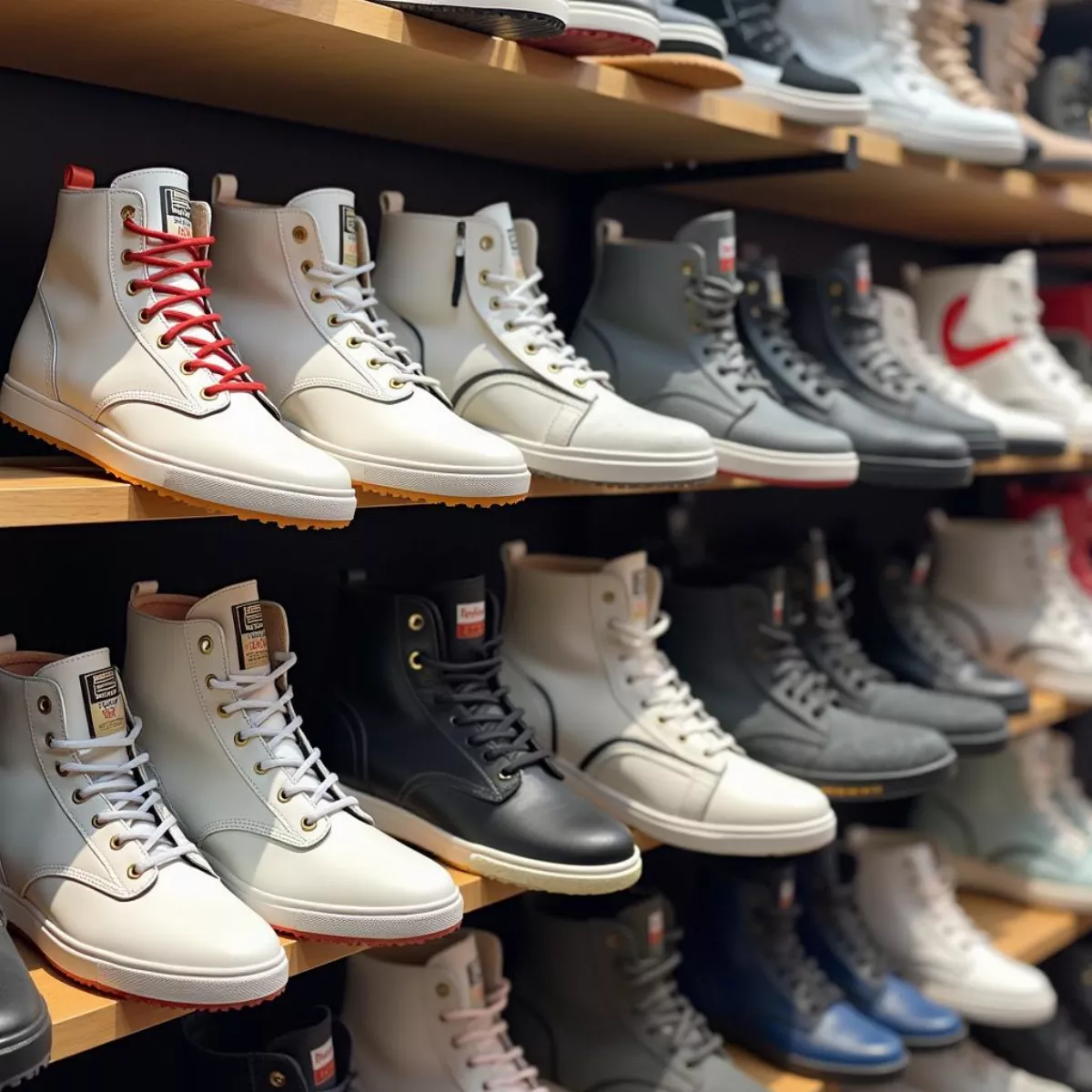 Different styles of women's high-top golf shoes displayed in a shop
Different styles of women's high-top golf shoes displayed in a shop
 Golfer practicing their swing on the driving range
Golfer practicing their swing on the driving range Golfer checking their golf GPS watch
Golfer checking their golf GPS watch
 Women Wearing Stylish Golf Outfits
Women Wearing Stylish Golf Outfits Woman Applying Sunscreen at Golf Tournament
Woman Applying Sunscreen at Golf Tournament Group of Friends Enjoying Golf Tournament
Group of Friends Enjoying Golf Tournament
 Golfer Putting on the Green
Golfer Putting on the Green Golf Clubs in Bag
Golf Clubs in Bag
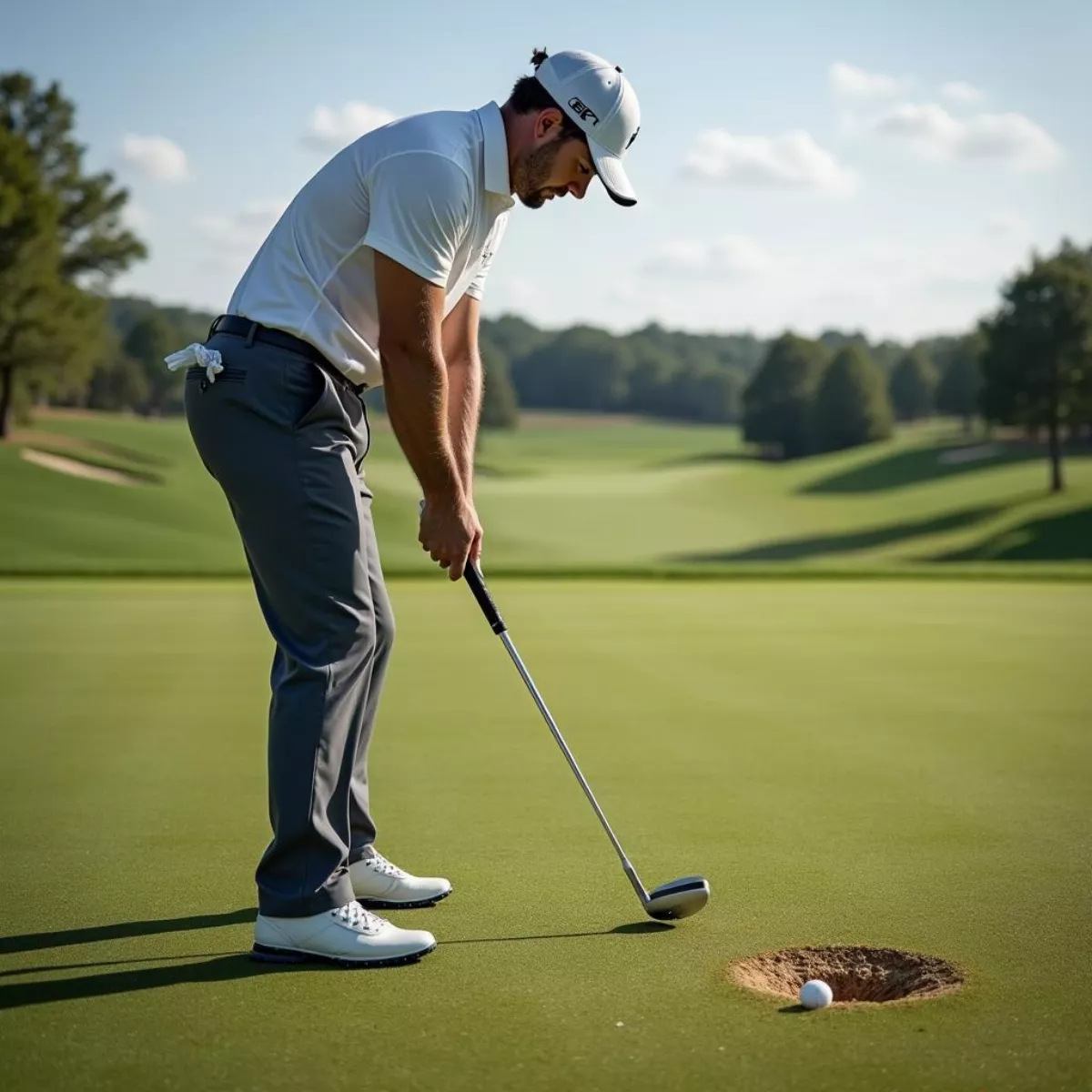 Golfer Using Hybrid Iron in Rough
Golfer Using Hybrid Iron in Rough Different Hybrid Iron Models
Different Hybrid Iron Models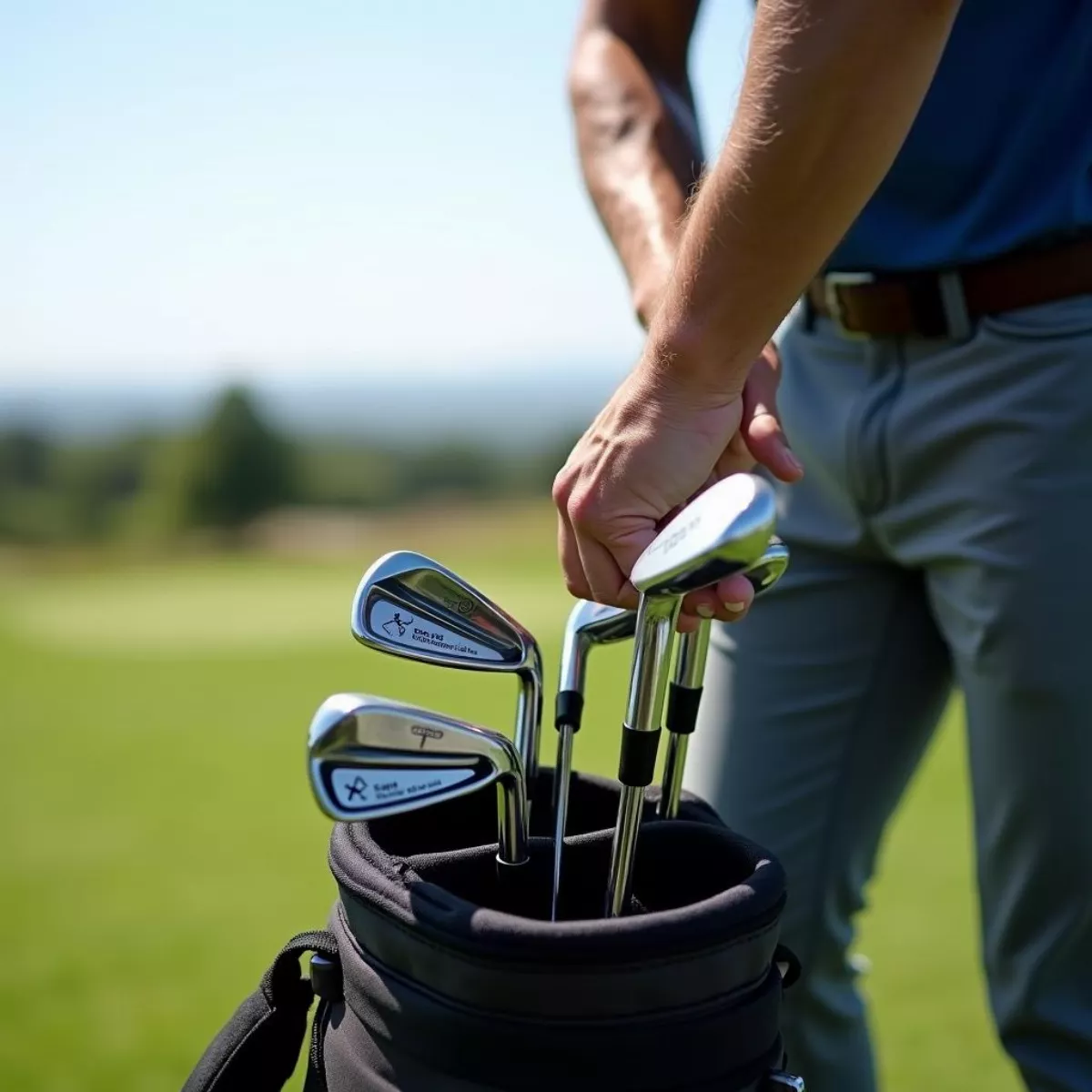 Golfer Selecting Hybrid Iron From Bag
Golfer Selecting Hybrid Iron From Bag
 Top of the Rock interior with interactive display
Top of the Rock interior with interactive display